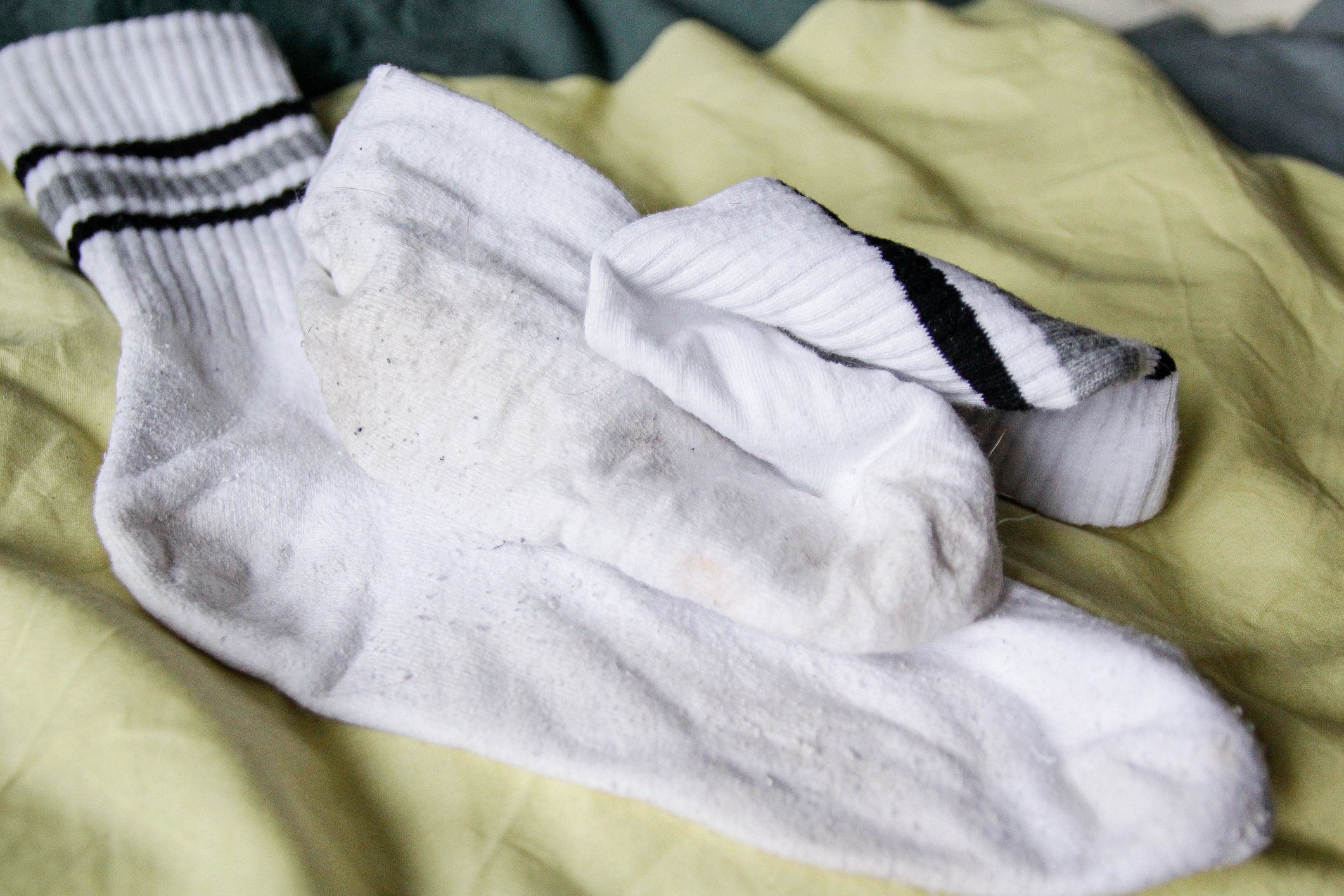Coziness over sex appeal, says a sleep specialist to the 32% of American adults who have trouble getting a good night’s sleep.

Want To Sleep Better? Wear This To Bed, Says a Cleveland Clinic Expert

When numbers suggest that around a third of Americans struggle to get good sleep, put in that bite guard, eye mask, or carpal tunnel brace if you need it.
And, says a Cleveland Clinic sleep doctor, throw on some socks. Michelle Drerup, PsyD, the director of the Sleep Disorders Center at the Cleveland Clinic, told CNN: “By making your feet warmer, you’re opening up blood vessels to help cool down the rest of the body.” That lowered body temperature is a sign your body’s relaxed (which is also the reason humans use blankets).
Dr. Drerup’s advice comes from science. For one example, for a 2018 physiology study, researchers in South Korea studied six young men around 22 years old, measuring how well they slept with, versus without, socks.
Though the research team found no difference in the participants’ core temperature, there were compelling conclusions: Those who wore socks to bed fell asleep 7.5 minutes faster, slept 32 minutes longer, woke 7.5 times less, and achieved sleep efficiency that was 7.6% higher than those who slept without socks.
If that layer gets a little heated throughout the night, Dr. Drerup says one way to prep for this is to set the room around 67 degrees Fahrenheit.
But if you do want to wear socks to bed, keep these tips in mind:
- Wear clean socks. Research recently suggested that re-wearing unwashed socks carries germs straight into your bed.
- Talk with your doctor before you wear socks if you have a conditions such as diabetes to avoid impacting your circulation or wound healing.
- At nighttime, do not wear tight-fitting socks or compression socks, which can decrease circulation and put pressure on nerves.
- Consider wool socks. A 2019 study published in Nature and Science of Sleep found that people who wore wool sleepwear fell asleep faster than those who wore cotton or polyester clothes to bed.
For daily wellness updates, subscribe to The Healthy by Reader’s Digest newsletter and follow The Healthy on Facebook and Instagram. Keep reading:



















